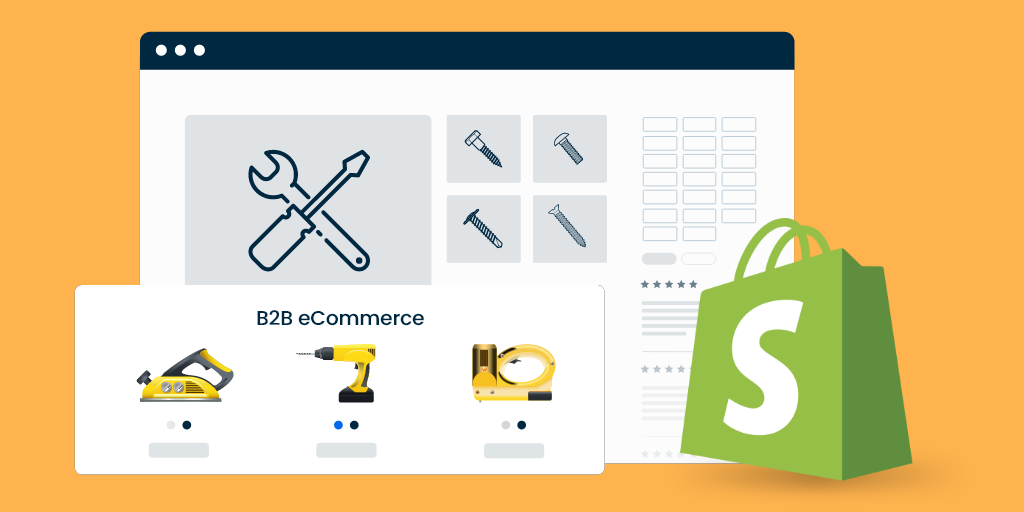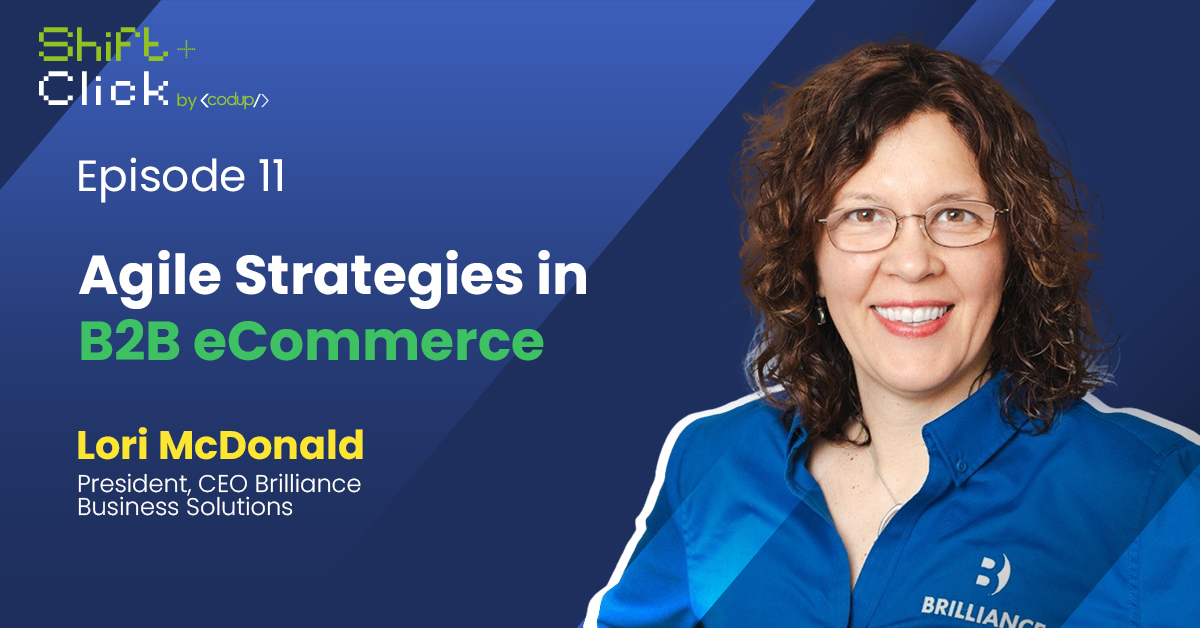Interview with Liz Kressel from Lizard Strategy

Live shopping is a burgeoning facet of the e-commerce landscape, providing a fresh and engaging user experience. Social media platforms, including TikTok, have played a pivotal role in its rise, as evidenced by hashtags such as “TikTok made me buy it” and the involvement of high-end brands like Louis Vuitton. In our latest podcast episode, we had the honor of speaking with a true industry expert, Liz Kressel, a Live Shopping and E-commerce Specialist. Liz brought her extensive knowledge to the table, sharing invaluable insights and practical tips on how businesses can optimize their strategies and leverage the right platforms at optimal times. She also delved into the benefits and challenges associated with this innovative approach to e-commerce, elucidating how it is charting a new course for the industry as a whole.
You can listen to the podcast using the following link:
Introducing Our Guest:
We invited Liz Kressel who’s not only a Livea Shopping and E-commerce Expert but also a Shoppable Video Strategist and Equity Consultant. She owns Lizard Strategy, A Live Shopping and Ecommerce Agency in New York. She has 20+ years of experience in the eCommerce horizon. Her major fields of work include retail, eCommerce, revenue growth, live commerce, and conversion rate optimization.
Key Takeaways
What is Live-shopping?
As an expert, Liz defines Live Shopping as a unique blend of content, commerce, and community. It involves thematic content such as skincare routines or fashion trends, and the associated products are sold in real-time, organically woven into the content. The community aspect allows viewers to interact with hosts and each other, adding to the selling process. This real-time interaction enhances decision-making for consumers who may suffer from decision fatigue syndrome, caused by too many options. Live Shopping provides an efficient and engaging way to make purchases, with all three elements happening simultaneously on-screen.
The Decision Fatigue Syndrome
Live shopping is a new trend in e-commerce that enables quicker decision-making for consumers who suffer from decision fatigue syndrome when presented with too many options. Live shopping offers a richer experience for consumers by showcasing the features and benefits of products that are not typically highlighted on flat product pages. This allows customers to ask questions specific to their needs and receive answers in real-time from the community. The community aspect of live shopping also provides social proof, giving customers confidence in their purchasing decisions. Additionally, live shopping offers greater human connection, with friendships forming between community members who bond over comments and support each other during live events. Overall, live shopping provides a more engaging and interactive shopping experience for consumers.
Live Shopping Tapping Different age groups exploiting new markets:
Live Shopping is not specific to any age group but rather depends on the type of product being sold. It is as simple as opening a link address or a pop-up notification. Gen Z and millennials are more interested in experiential and new experiences, while Gen X and boomers are also joining in on events because they find them educating about the product in an interesting way. Live Shopping provides value-add content for consumers and is not just a promotional tool.
impact of influencer marketing on online buying and Selling:
Live shopping is a great way to increase conversion rates, and while influencers can help bring awareness to a brand, they may not be necessary for live shopping. Instead, brands can use their own passionate employees to answer questions about their products, and it is recommended that brands be present during the live shopping event to provide additional information. It is also suggested that brands use individuals who are TV friendly and can be animated on camera, and influencers can still be utilized to pull in their audiences and increase awareness.
Which Platforms are best suited for Live-Shopping?
Liz suggested testing out different platforms for live shopping depending on the product. You never know which platforms your audience is most active on or which platform they trust the most. She also mentioned the importance of short-form videos and live video streaming platforms like TikTok in contributing to the rise of live commerce and conversions. The short video trend that TikTok started was followed by youtube, Instagram, and then Facebook because of the conversions it brought in. Not only live shopping can help build brand loyalty but also enhance direct connections with consumers. Target was cited as an example of a brand that has done a great job moving products through live shopping. Followed by brands like Nordstrom, Burberry, Tommy Hilfiger, and other beauty brands that benefit from tutorials.
Live commerce bringing in foot traffic in Retail:
Live shopping or live commerce is gaining traction in the retail industry, particularly in Asia where it is already a part of the culture. Asian brands have been quick to adapt to the trend and are taking the lead in live shopping. Brands such as Swirl from India and Bamboozle have established a good reputation and are starting to enter the US market. However, there is still a cultural gap between Asia and the West when it comes to live shopping. China alone has a $400 billion live shopping industry, while the US is expected to reach $35 billion by the end of next year. The West is still catching up due to cultural differences, but the trend is gaining more attention, and there is an increasing number of articles covering it. The West is not only using live shopping for sales but also for brand loyalty, retention, and driving foot traffic to stores. The slower growth in the West is due to the focus on content rather than only focusing on sales numbers.
The most successful formats involve an editorial focus, with content that solves problems and attracts potential customers. Hosts should also engage with their audience and involve them in product decisions to increase interaction and drive sales.
Live commerce for B2B:
Liz mentioned some of her clients are using it to showcase their products to B2B clients and get
sales. They invite all their wholesale buyers and demonstrate how to use the products. Live Commerce can also help Business consulting firms to advertise their service through live question-answer sessions which can bring in new business clients and create more relations across the industry. Live commerce will also create new job roles like Live Shopping Assistants and more which will contribute to the resource industry.
5 Five advice for Businesses Opting for Live Shopping:
- Optimize your website: Before implementing live shopping, ensure that your website is optimized for an excellent customer experience. Make sure your website is easy to navigate, has an easy checkout process, and has autoresponders set up.
- Market your live shopping event: Don’t assume that people will automatically attend your live shopping event. You need to market it aggressively through all available channels, including social media, email, and other digital platforms.
- Choose a standalone platform: Consider using a standalone platform rather than relying solely on social media platforms like Instagram or TikTok. A standalone platform provides better data, and you own the content.
- Repurpose the content: Once your live shopping event is over, repurpose the content for various other marketing purposes. You can use it for shoppable videos, product pages, or other marketing materials.
- Focus on solving customer problems: Ensure that your content development and live shopping showcase revolve around solving customer problems. This focus will help you create valuable content and generate more sales.
Conclusion:
Live shopping can provide a more engaging and interactive shopping experience for customers, which can lead to increased sales and brand loyalty. However, it’s important for businesses to ensure that their website is optimized and their marketing strategy is solid before launching a live shopping event. Additionally, using a standalone platform can provide valuable first-party data and allow businesses to own their content. Finally, businesses should think about how they can repurpose and leverage the content from their live shopping events to continue driving sales and engagement post-event.



